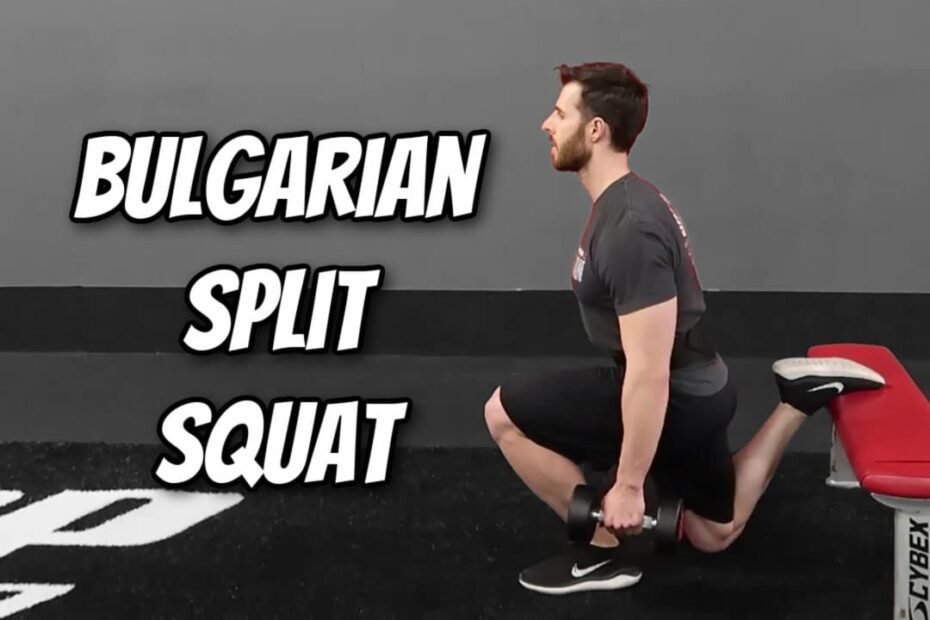The Bulgarian split squat, often hailed as a highly effective unilateral lower body exercise, is a versatile movement that enhances leg strength, balance, and stability. This guide dives into the intricacies of the Bulgarian split squat, offering a comprehensive breakdown of its execution, muscles engaged, benefits, variations, alternatives, common mistakes, and key considerations to maximize its impact on your fitness journey.
Muscles Worked:
Primary Muscles:
- Quadriceps
- Gluteus Maximus (Glutes)
- Hamstrings
Secondary Muscles:
- Adductors
- Soleus (Calves)
- Core Muscles (Abdominals)
How to Perform the Bulgarian Split Squat:
- Setup: Stand a few feet away from a bench or platform.
- Rear Foot Elevation: Extend one leg behind you, placing the top of your foot on the bench.
- Stance: Position your front foot with a comfortable stride length, toes pointing forward or slightly outward.
- Descent: Lower your body by bending your front knee, ensuring it doesn’t extend beyond your toes.
- Depth: Lower until your front thigh is parallel to the ground or slightly below.
- Ascent: Push through your front heel to return to the starting position.
- Repetition: Complete the desired reps on one leg before switching to the other.
Benefits of the Bulgarian Split Squat:
- Unilateral Focus: Develops balanced leg strength by targeting each leg individually.
- Enhanced Balance: Challenges stability and balance due to the single-leg stance.
- Functional Strength: Mimics movements used in activities like walking, climbing stairs, and running.
- Reduced Lower Back Strain: Places less stress on the lower back compared to traditional squats.
Variations:
1. Bulgarian Split Squat with Dumbbells:
- Hold a dumbbell in each hand for added resistance, intensifying the workout.
2. Bulgarian Split Squat Jump:
- Add explosiveness by incorporating a jump during the ascent phase.
Alternatives:
1. Dumbbell Lunges:
- Perform forward or reverse lunges with dumbbells in hand for a similar unilateral leg workout.
2. Step-Ups:
- Step onto a bench or platform with one leg, then step down, targeting the same muscle groups.
Common Mistakes to Avoid:
- Knee Over Toe: Prevent your front knee from extending too far beyond your toes.
- Leaning Forward: Maintain an upright posture throughout the movement.
- Inadequate Balance: Ensure proper balance by focusing on a stable core and engaged glutes.
Key Considerations:
- Flexibility: Maintain good hip and hamstring flexibility for proper form.
- Foot Position: Experiment with different foot positions to find the most comfortable and effective stance.
- Progression: Start with bodyweight and gradually add resistance as your strength improves.
Conclusion:
The Bulgarian split squat stands as a potent exercise for developing unilateral leg strength, stability, and balance. By mastering its execution, understanding the muscles targeted, appreciating the benefits, exploring variations and alternatives, avoiding common mistakes, and considering key factors, you can integrate the Bulgarian split squat into your fitness routine with precision. Approach this exercise with dedication, proper form, and a commitment to balanced lower body development for optimal results.
